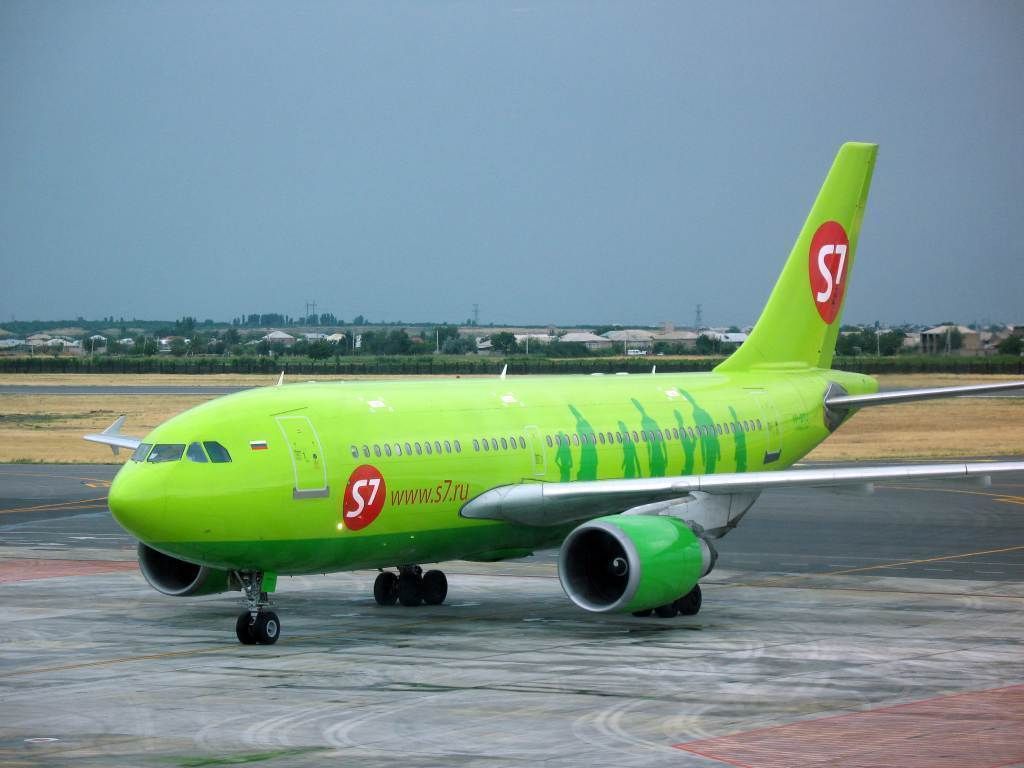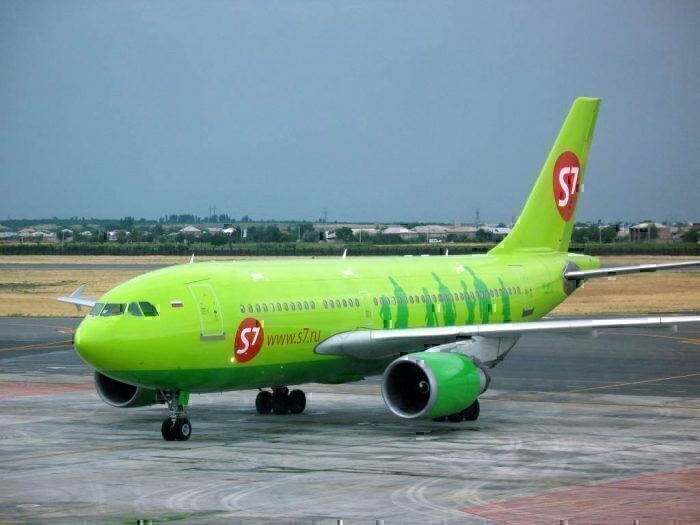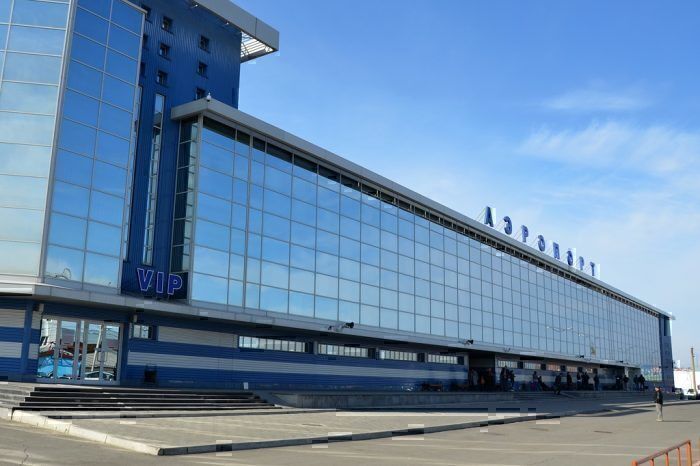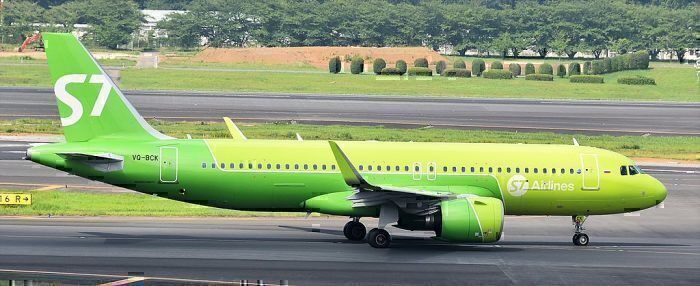S7 Airlines is Russia's leading domestic airline with a fleet made of solely narrow-bodied aircraft. Its current fleet stands at 101 strong, with a mixture of Airbus, Boeing and Embraer 170 aircraft. Among it's Airbus fleet was once the A310, but like many other airlines, it no longer flies the model. What happened to it?
A look at the A310
The A310 was Airbus' second-ever aircraft, made after the success of the A300. It was the smaller of the two designed after airlines approached Airbus with an interest in smaller planes. Whilst other manufacturers began meeting the public demand, so too did Airbus and came up with the A300B10MC, later renamed the A310 - which of course was more catchy.
Airbus started making its A310 in 1978 and the first flight was made in 1982. But S7 Airlines didn't acquire its first A310 aircraft until later on, when the A310 production had almost ceased.
In total, S7 Airlines took 12 A310s into its fleet. It received its first order in 2004; two A310-324s registered as F-OGYP and F-OGYQ. Both the aircraft came from Russian airline; Aeroflot, but F-OGYQ enjoyed a better run than F-OGYP.
A fated aircraft
-YQ was with the airline for three years until 2007 when it was returned to the lessor and eventually went on to fly with the Air Comet fleet until 2008. Unfortunately, -YP was with the airline for just two years before it crashed in Irkutsk Airport, Russia.
On 9th July 2006, flight number 778 left Moskva-Domodedovo Airport for a night flight to Irkutsk Airport. On landing at 7:44 am local time, the aircraft overshot the runway at 180km/h, went through the barriers and into garages where it exploded.
The crash was catastrophic, killing a total of 125 people including five crew members.
The final report on the investigation found the accident to be caused by "erroneous and uncontrolled actions by the crew during rollout after landing in a configuration with one engine reverser deactivated."
10 more A310s in the fleet
But before the crash, S7 had already 10 more A310s in its fleet, which it continued to fly.
In 2005, S7 acquired four A310s and a further four in 2006. Of these, two -300 series were passed onto other airlines. Of the remaining six, three were stored between 2009 and 2013 and three of them were scrapped; the latest one in 2012.
S7 acquired the final two of its A310s in 2008, both -300 series. One of them was stored just two months after it was acquired and then scrapped in 2012. The other operated for just three months in the fleet before it was stored in 2009.
But why did S7 Airlines fly these final aircraft for such a short time?
Well, at the time they were acquired by S7, Airbus had stopped making the aircraft. A310 production officially ceased in 2007.
When S7 scrapped its A310, the routes it previously had were replaced with A320s and Boeing 737s. The scrapping also coincided with S7s general fleet overhaul. In May 2007, it's reported to have ordered 15 Boeing 787s and secured purchase rights on another 10.
Could S7 have been persuaded to keep the A310?
But if Airbus had made the A310neo like it has modernized so many other of its aircraft, would S7 have been interested? Potentially. Striving, as so many other airlines do, for the most modern and efficient fleet possible, it's likely that a new engine option would have appealed to the airline.
S7 Airlines currently has 17 active A319s, 33 A320s and 11 A321s in its fleet. Nearly half of the A320s are the neo option and the same is true of its A321s.
Did you ever fly A310 with S7 Airlines? Do you prefer its current fleet? Let us know in the comments below.




